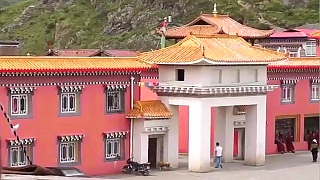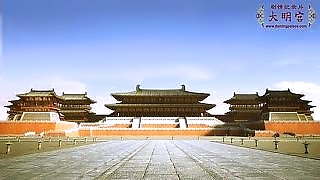 YiChang 一场, HuBei province
YiChang 一场, HuBei province
Related Videos
Featured Videos

|
With JM WORLD ...
YT comment : sarakelly3607 : Now I understand why US is SO jealous of China.
|

|
Known as Lhagang! Tashi Delek in Tibetan.
TaGong Monastery lies within beautiful hilly grasslands ...
|

|
With Zara Living in HangZhou ...
|

|
The DaMing Palace, 'Palace of Great Brilliance', was the imperial palace complex of the Tang dynasty (618 - 907 AD), located in its capital Chang'An.
This palace served as the residence of the Tang emperors for more than 220 years. Today, it is designated as a National Heritage Site. The area of the remains is located northeast of Xi'An, ShaanXi province.
|

|
With Walkabout Rojo ...
|

|
The 'and everyone else' is the part most don't get. And it is true even if you are in the US. Everyone 'else'.
Weather balloons, earthquakes, pipelines and more, with George Galloway, Bryce Greene and Jamie Wright ...
With Garland Nixon on the pipeline ...
With Danny HaiPhong ...
With The New Atlas and Angelo Giuliano on the US war plans to enforce its hegemony ...
Hegemony - keeping everyone else down; divide and rule.
|

|
With Dr. Eric Berg and Guy Tenenbaum ...
Note : prolonged fasting requires more than just water (plus green tea and a little black coffee), such as salt (lo-salt), about 1 and a 1/2 tsp / day (more as needed), electrolytes and other essential vitamins. No sugar, fruit or sweetener. Do research first and maybe start with as little as 1 or 2 days, intervened with OMAD (keto).
Also see this video film ...
Note : Missed curcumin, which has the most support in studies. Take with a little black pepper and EVOO. Up to 5 or 6g / day.
Arguably, curcumin (a turmeric extract), ECGC (a green tea extract) and sulforaphane (a broccoli extract) are the most important three (see pubmed).
|

|
With CCTV's Travelogue ...
|
Tag search ?

 YiChang 一场, HuBei province
YiChang 一场, HuBei province
 YiChang 一场, HuBei province
YiChang 一场, HuBei province





